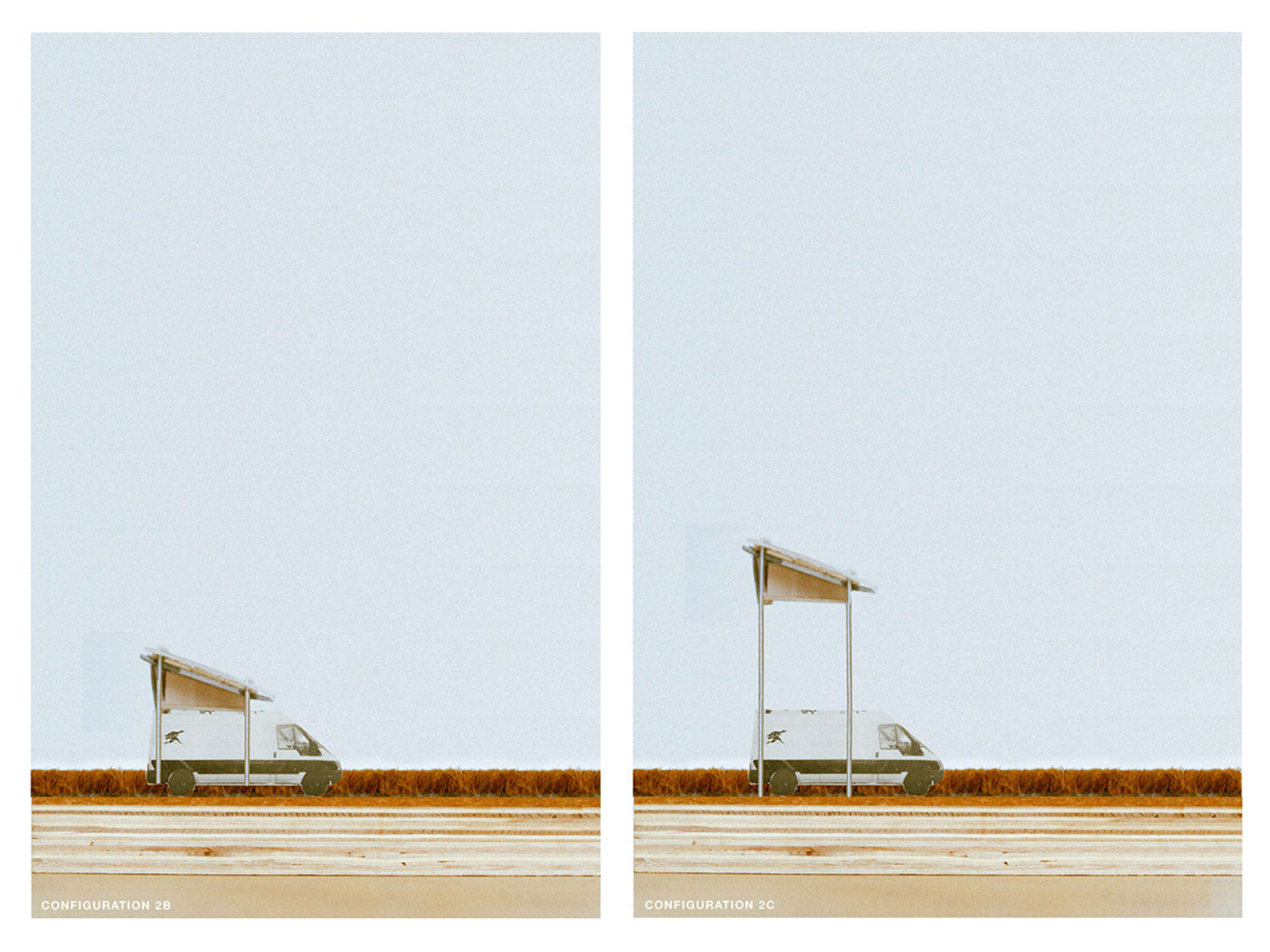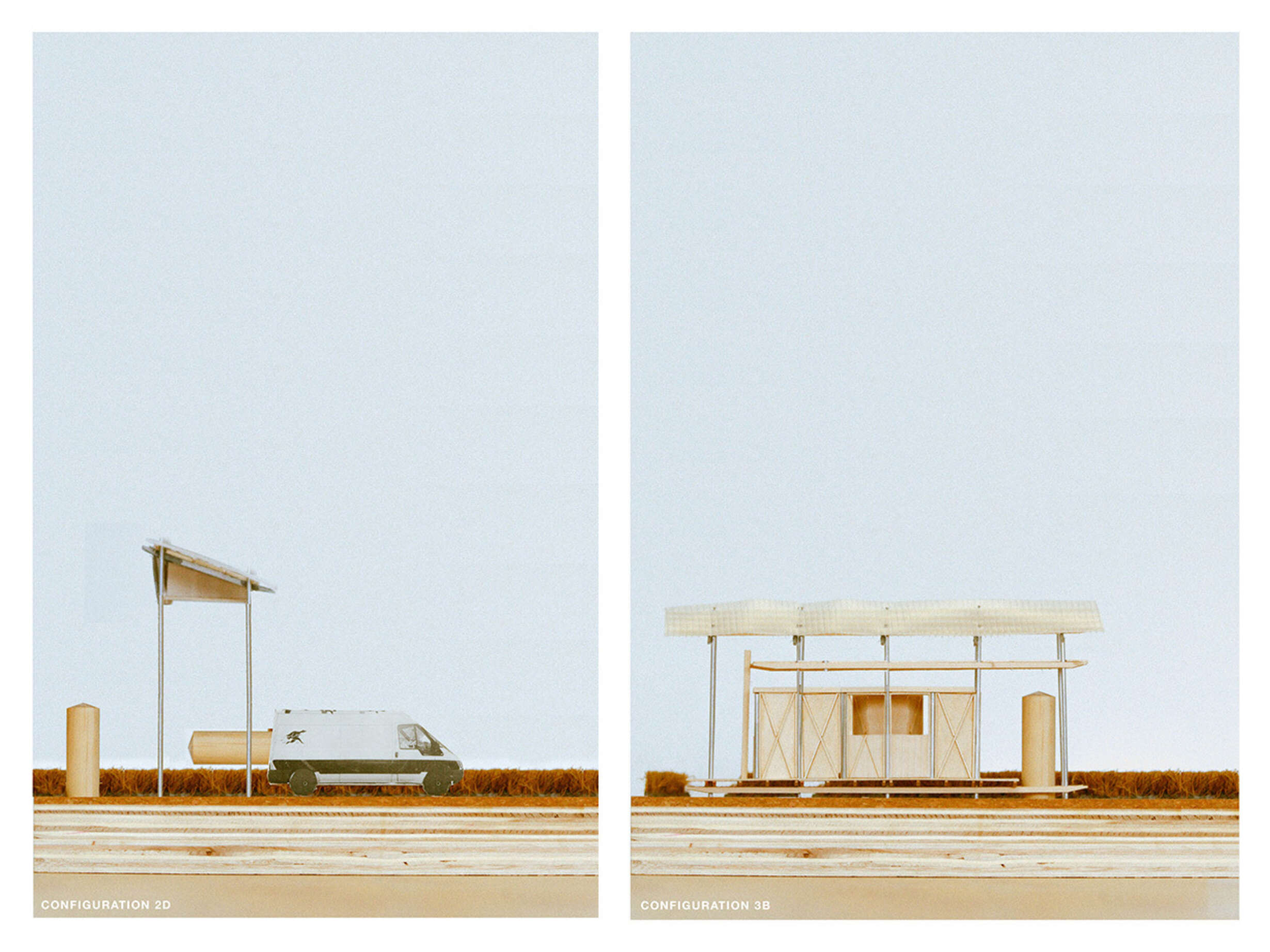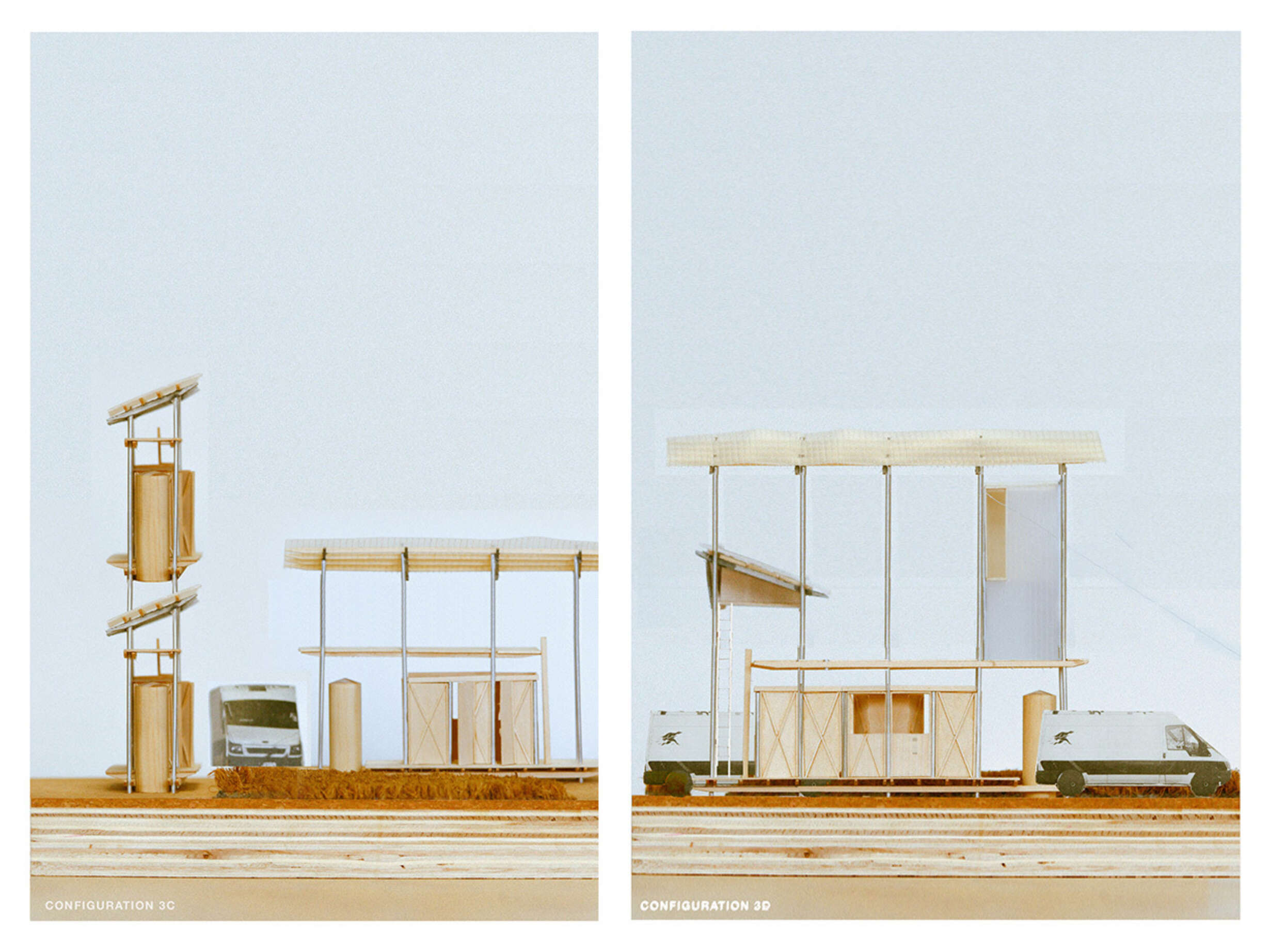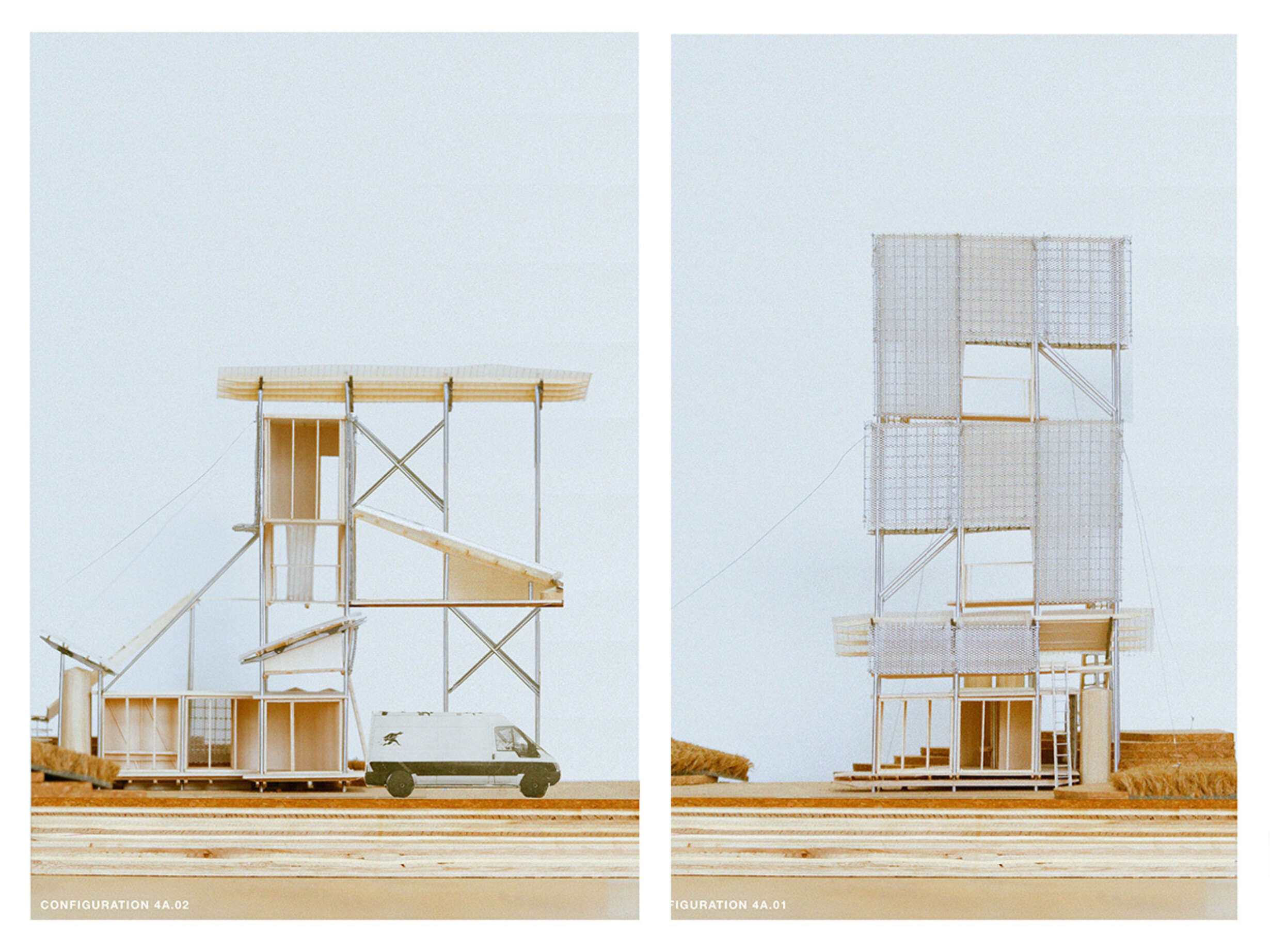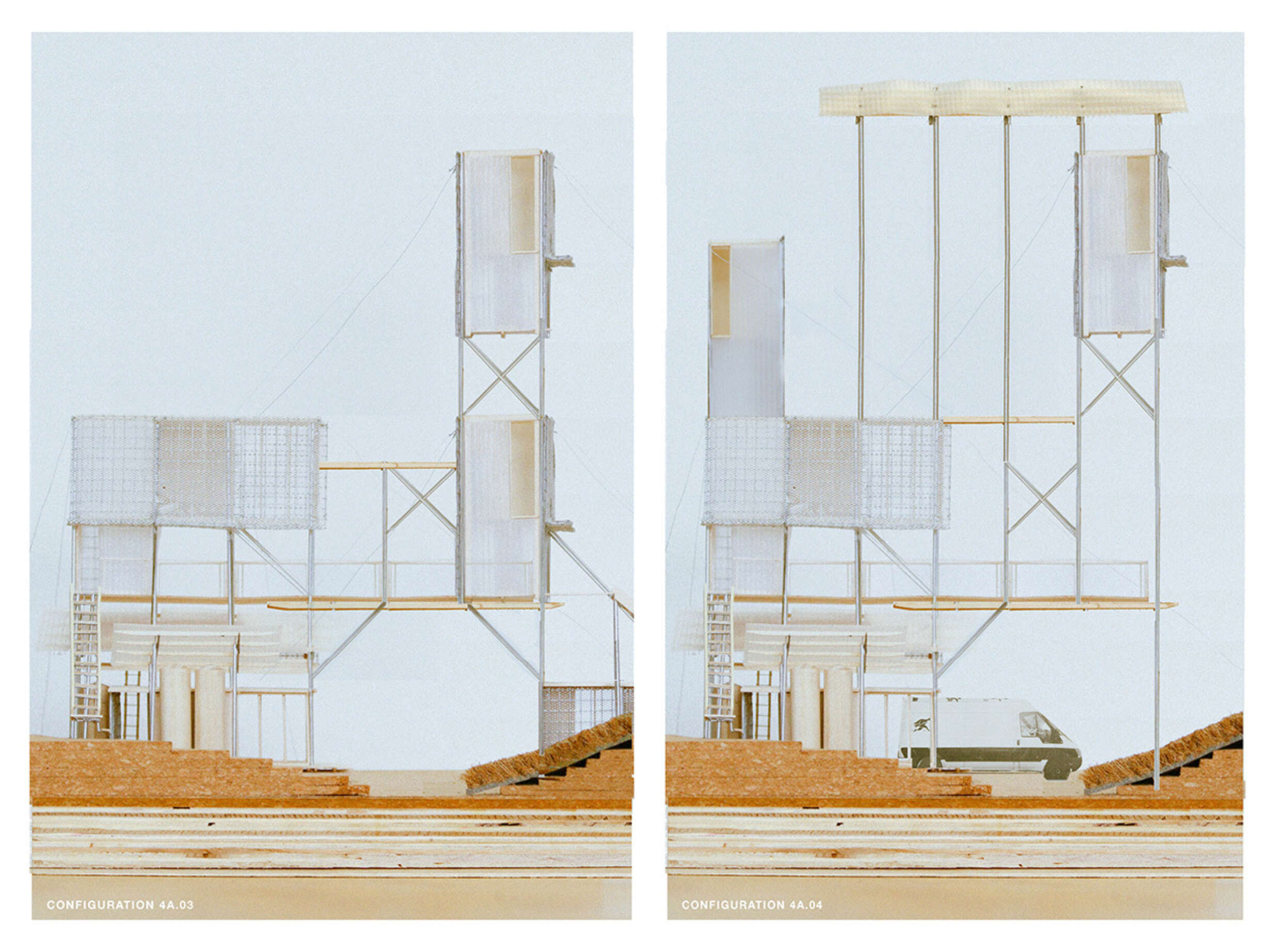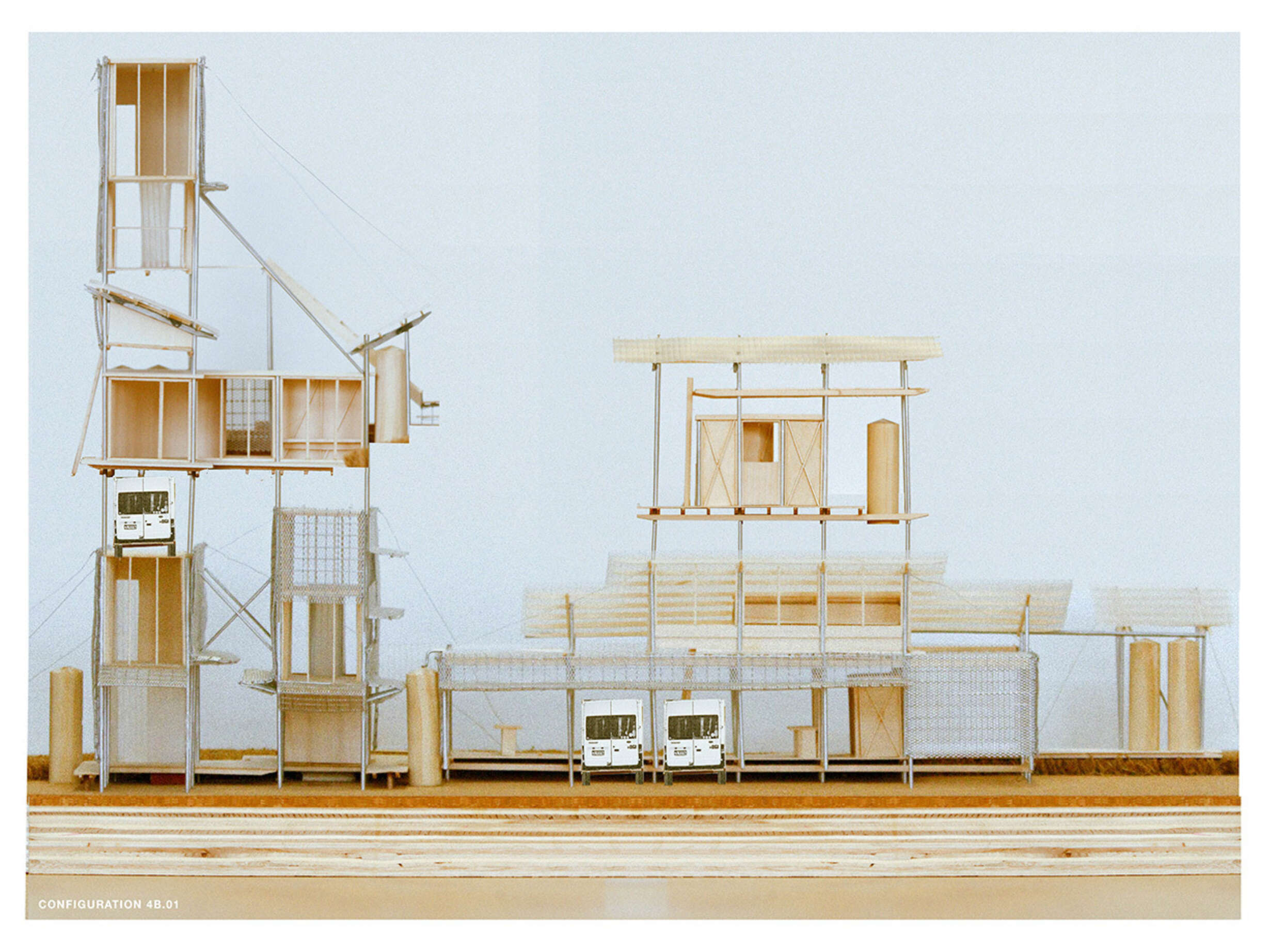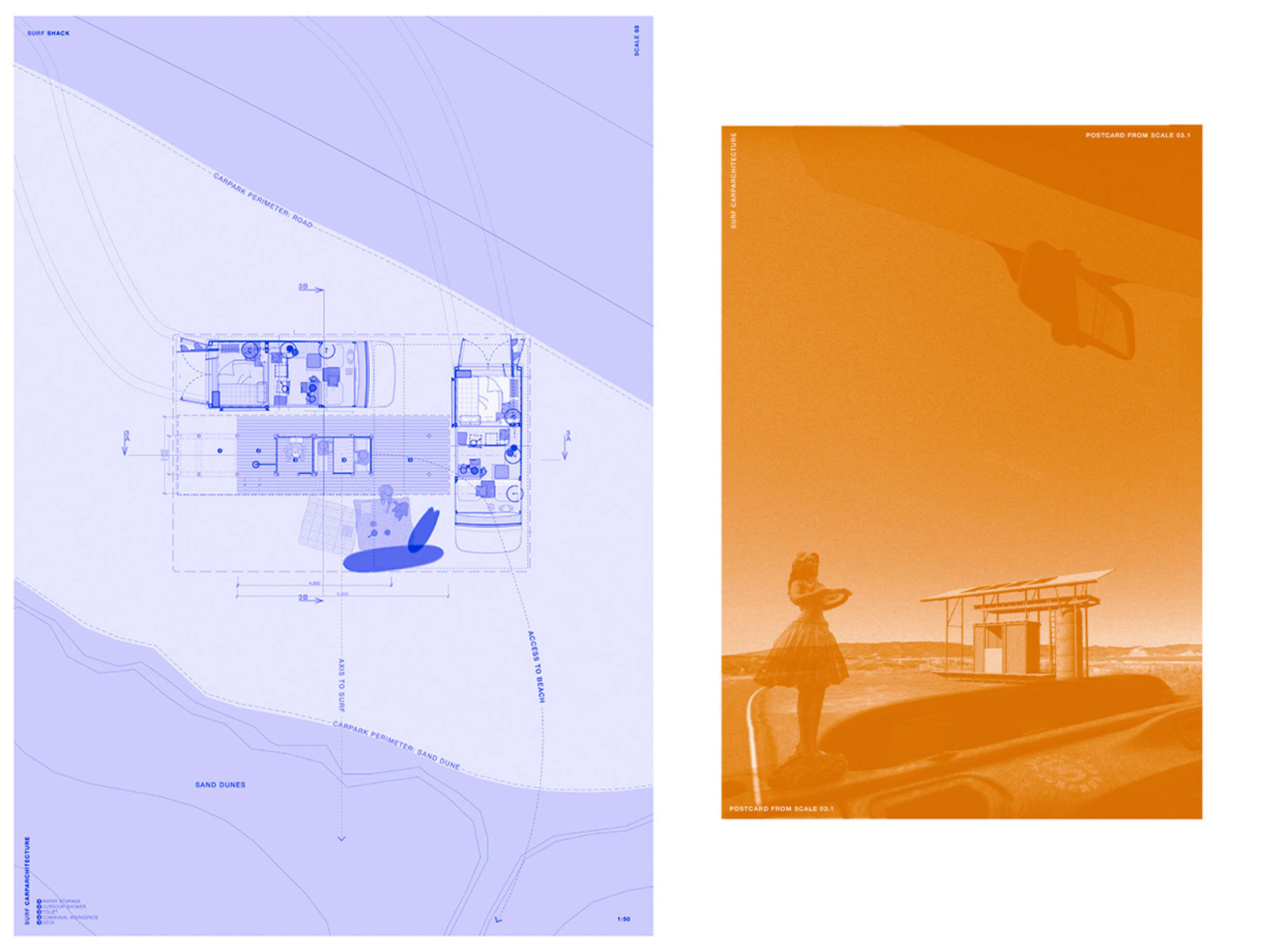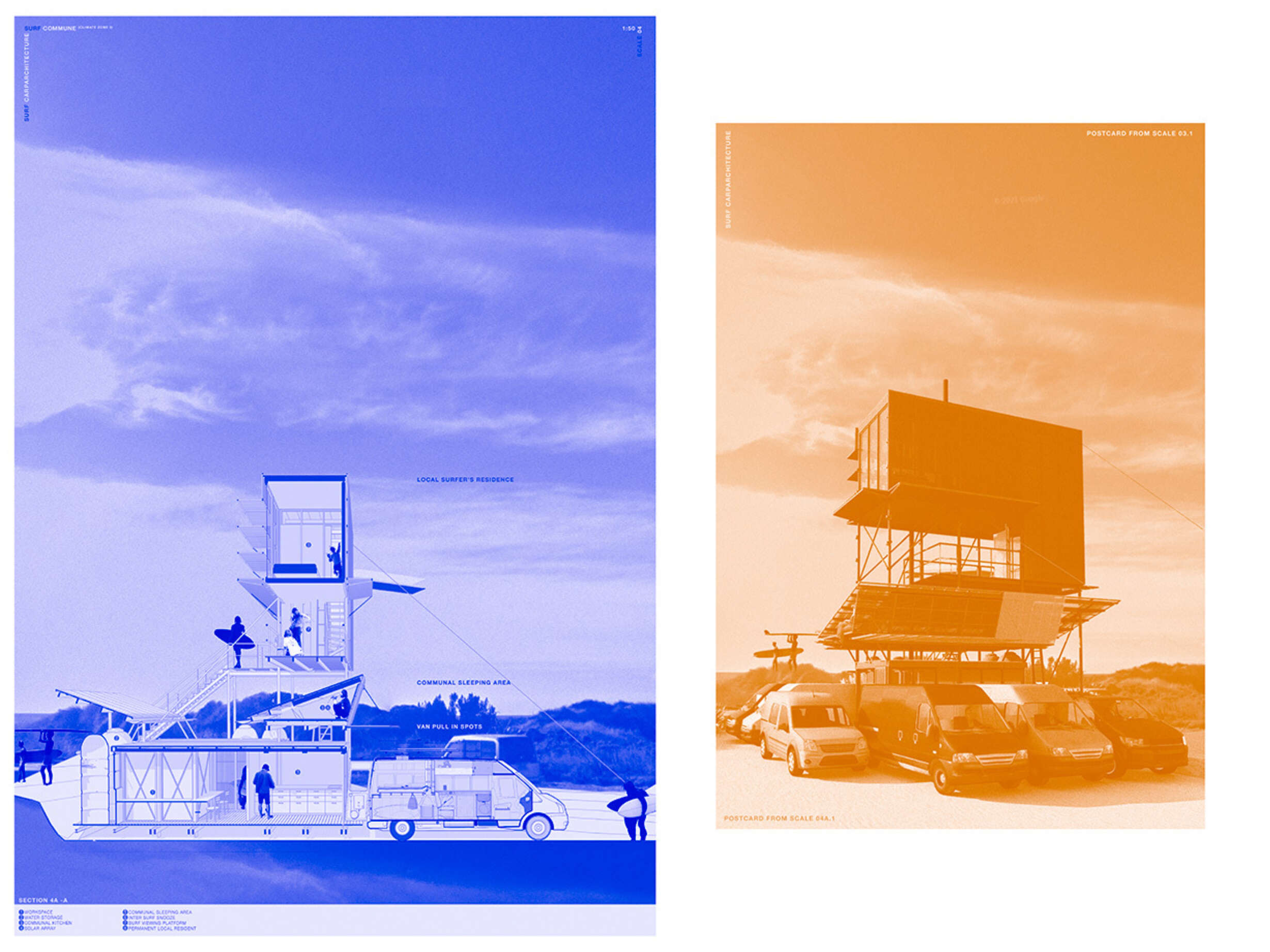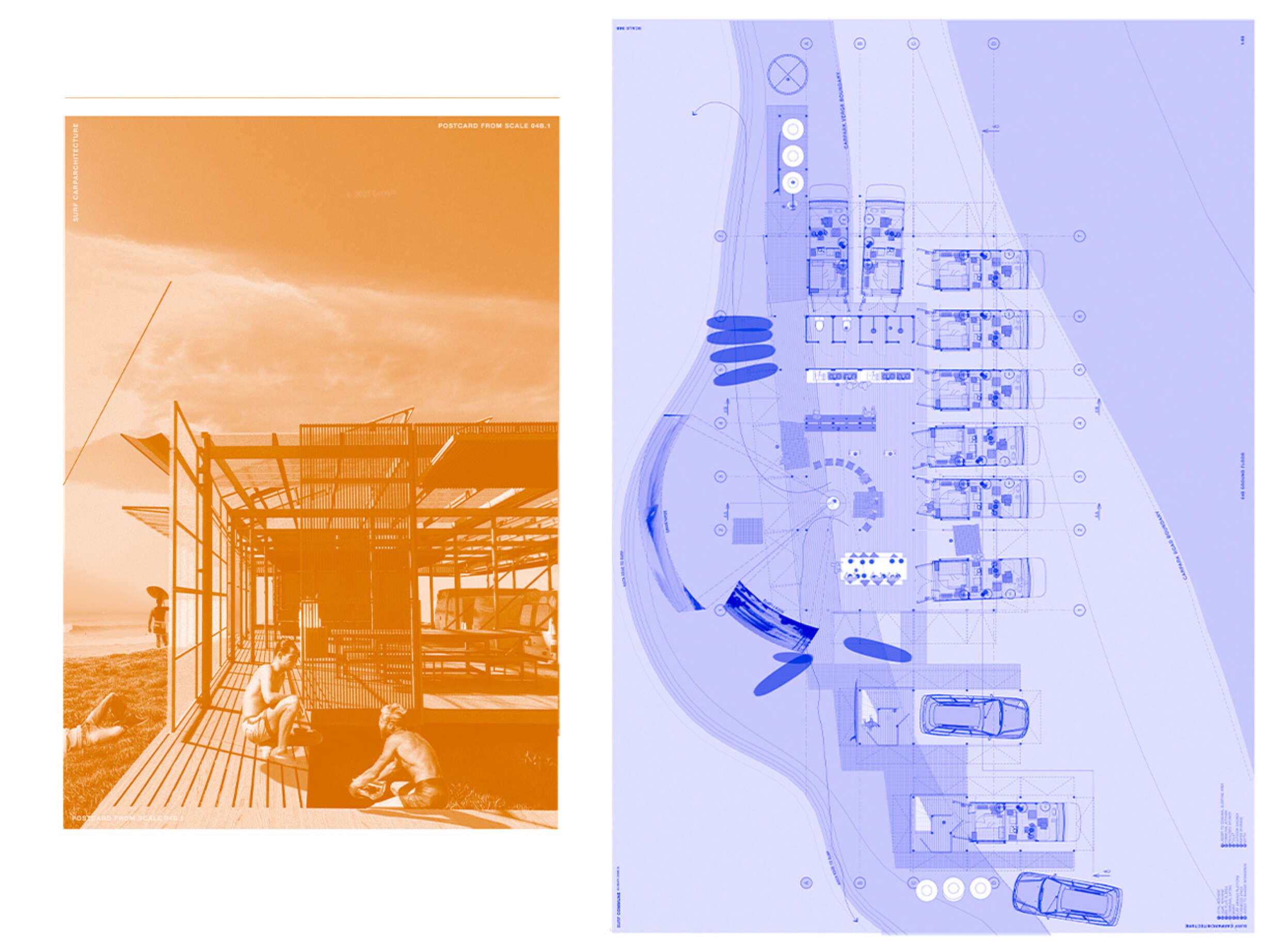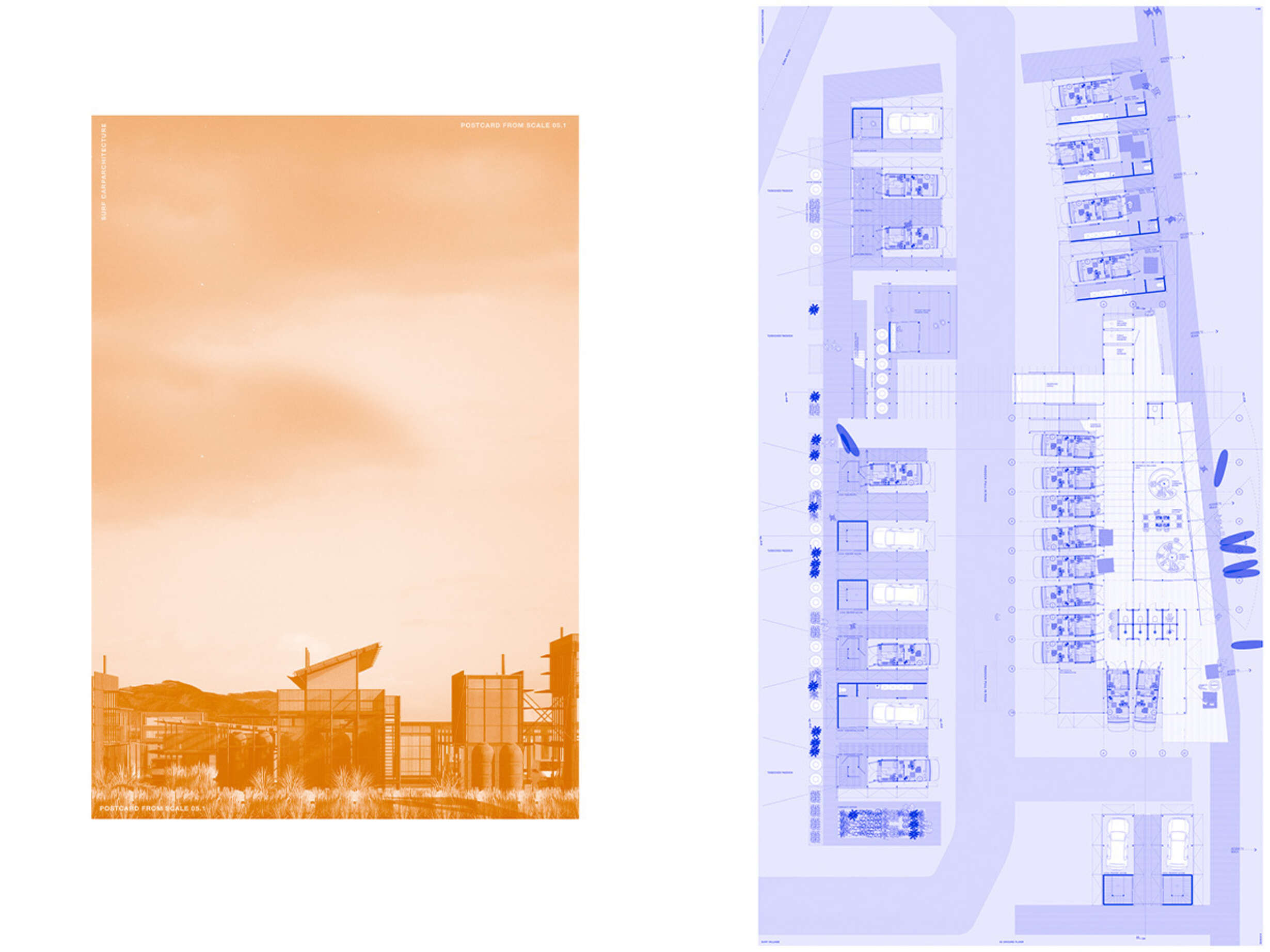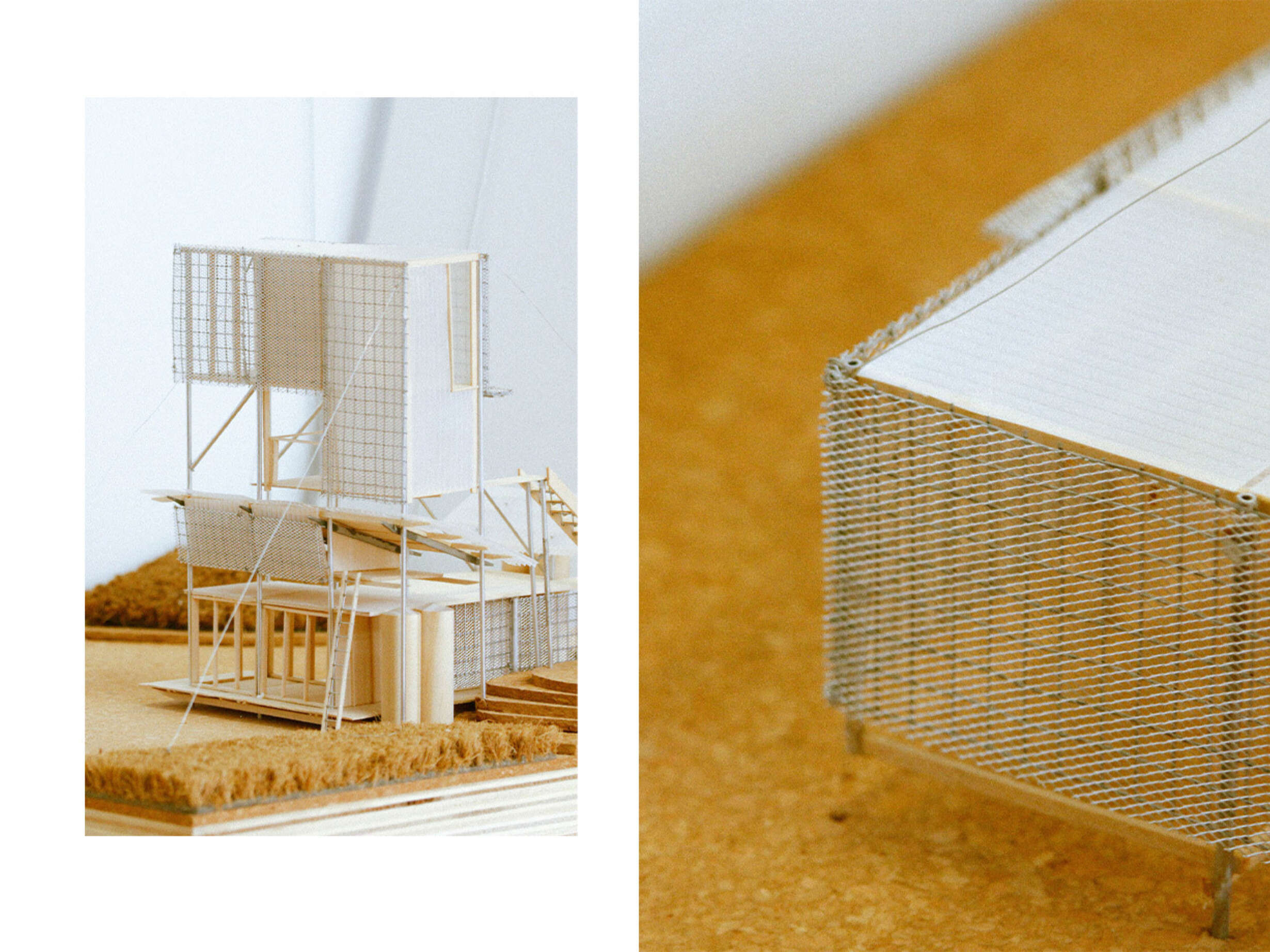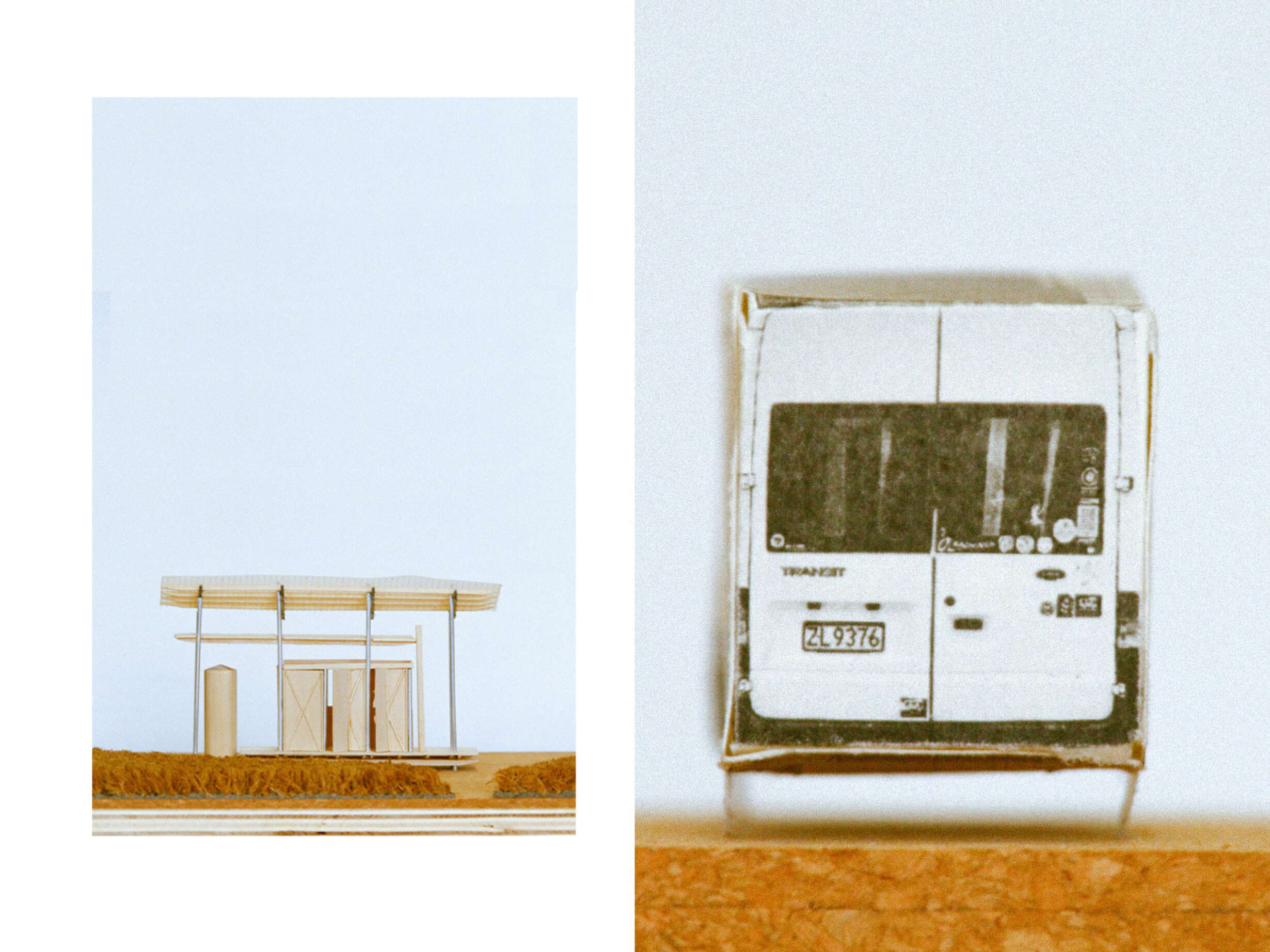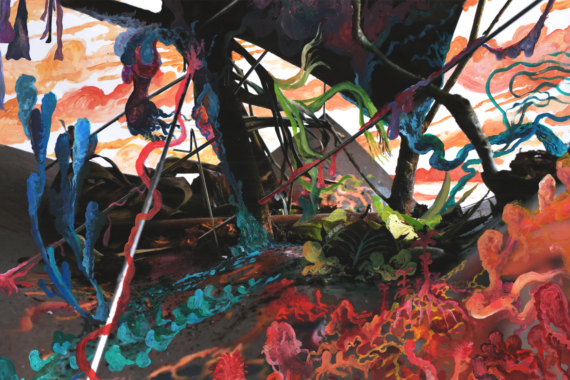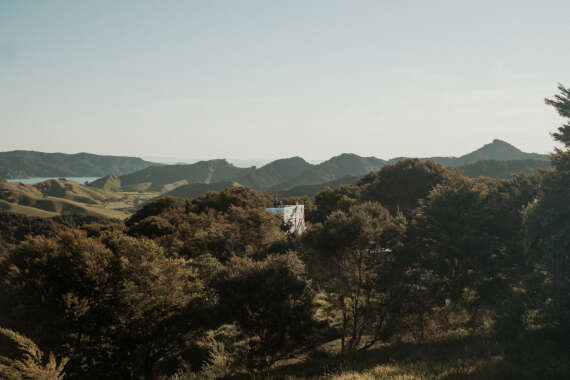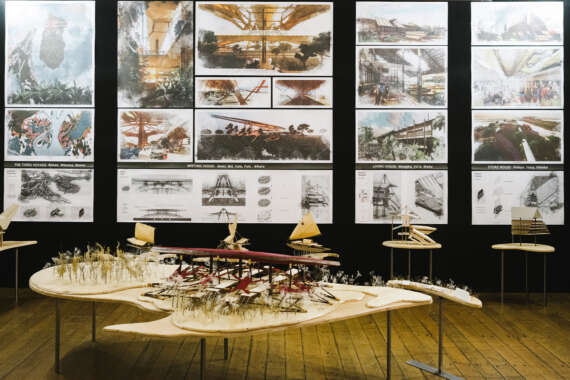Surf Carparchitecture
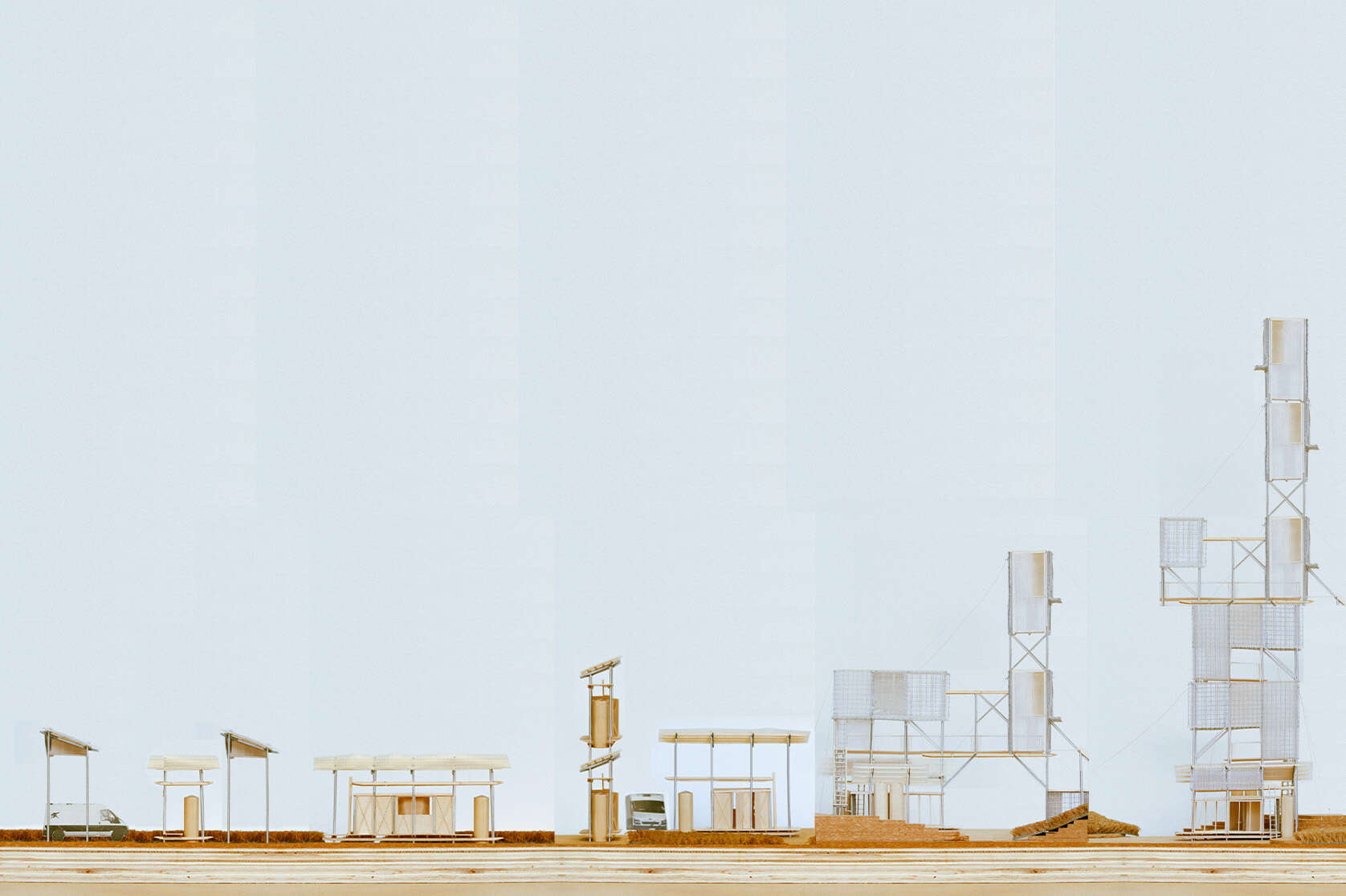
This thesis explores the relationship between surf culture and transient inhabitation by interpreting the surf pilgrimage as an established domestic lifestyle. In positioning itself as the progressive evolution of current surf culture, this thesis asks, how can architecture transform the archetypal surf trip from a temporary past-time to a permanent way of life?
Transient living and surf culture have previously received little attention in Western architectural discourse. Therefore, it felt critical and natural to include an analysis of Indigenous Hawaiian surfing history to convey and celebrate the origins of surfing as a practice and how closely intertwined it remains with indigenous values despite its global uptake. Further, an analysis of surf film is included to highlight the transformation of surfing as a stand-alone practice into the contemporary surf pilgrimage — whereby the entire journey holds value. Fieldwork in the form of the author’s personal 150-day surfing pilgrimage acts to layer lived experience into this thesis’ research methods. Themes of leisure, liberation and escapism consistently clash with others of productivity, capitalism and nature exploitation throughout the author’s research, highlighting the protected indigenous heart of this culture and how an intricate, integrative solution has not yet been found. These methods, in conjunction with the contextual analysis of Aotearoa’s surf break carparks, serve to masterplan the architectural proposition of this thesis — a seamless interface of sacred practice, community and human values. A proposition this thesis calls Surf Carparchitecture.







